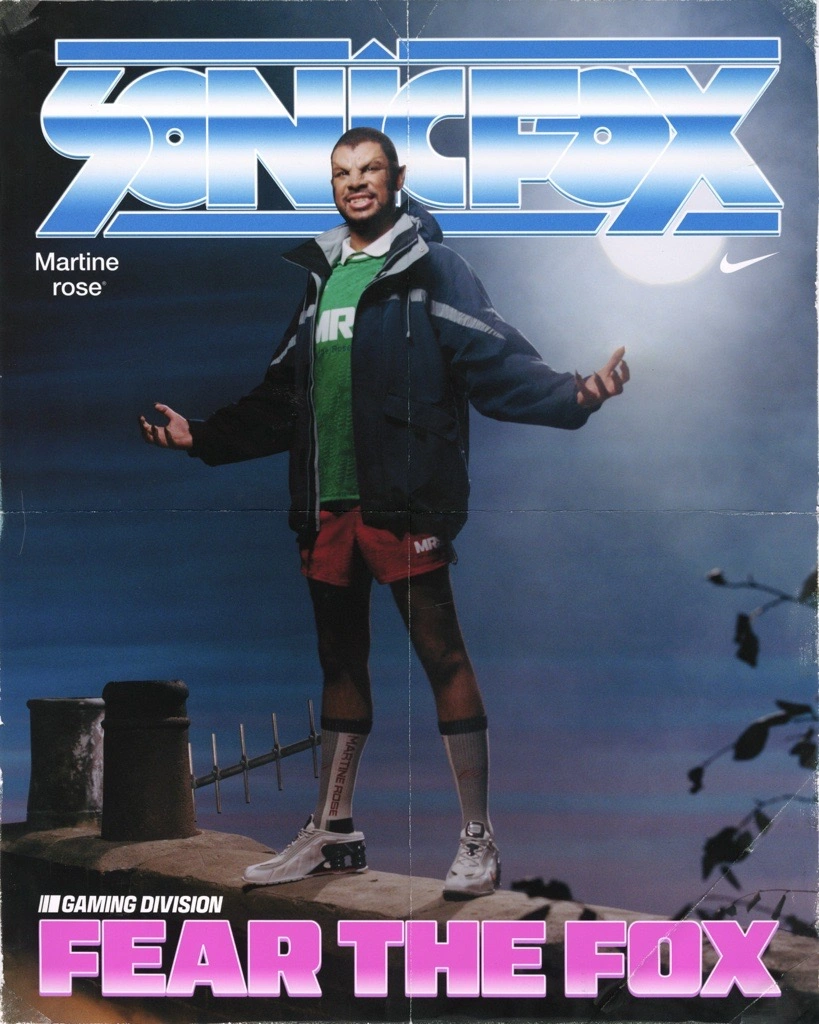In the summer of 2014, the world was drenched in ice. Celebrities, athletes, teachers, and teenagers posted videos of themselves gasping under buckets of freezing water, tagging friends, and raising over $220 million for ALS research. The Ice Bucket Challenge was an internet anomaly—gimmick and grace, meme and movement.
Ten years later, in a different world reeling from the psychic fallout of pandemics, political polarization, and chronic burnout, students at the University of South Carolina have recast that viral framework—not for a neurodegenerative disease, but for a slower, quieter epidemic: mental illness.
Launched in March 2025 by the university’s MIND club (Mental Illness Needs Discussion), the #SpeakYourMIND Challenge swaps ALS for Active Minds, a national nonprofit dedicated to ending the silence around mental health. The mechanics are the same: pour ice water over yourself, post the video, tag three others—but with one key addition: say something real. Name a fear. Share a coping tool. Speak your MIND.
The effect? Stunning. As of April, the campaign has raised over $100,000 and counting. NFL legends Peyton Manning and Emmanuel Sanders have taken part. So have local mayors, professors, and thousands of college students, from USC to UCLA.
This is not just a fundraiser. It is a collective ritual of disclosure.
The Spark: A Generation Already on Fire
The seeds of #SpeakYourMIND were planted not in a boardroom, but in a dorm room.
USC sophomore Laila Ortiz, president of MIND, remembers the moment the idea crystallized: “We were talking about how burned out we felt—and someone said, ‘Remember the Ice Bucket Challenge? It was fun, but also for something sad.’”
That tension—the absurdity of water and the gravity of illness—struck a chord. What if vulnerability could be viral again? What if students could reclaim their own brokenness and make it beautiful?
The next day, the club recorded its first video. No professional lighting. No choreography. Just one student, one bucket, and one sentence:
“Sometimes I can’t get out of bed. But I’m still here. Speak your MIND.”
The clip spread—first to classmates, then rival schools, then influencers. By week two, they had thousands of views. By week four, tens of thousands of dollars. A blueprint for digitally-fueled catharsis had been drawn.
Mechanics of a Movement
What makes #SpeakYourMIND different from past viral efforts is not just its sincerity, but its structure of softness. Every video follows the same cadence:
- Intro – “I’m doing the #SpeakYourMIND Challenge to support mental health.”
- Confession – Participants share a personal truth, however small.
- Action – Ice water is dumped, symbolizing shock, vulnerability, exposure.
- Nomination – Three more participants are tagged.
- Donation – Links direct viewers to donate to Active Minds.
It’s a uniquely balanced choreography of gesture and gravity—a theatre of transparency that sidesteps pity and instead demands presence.
Unlike the Ice Bucket Challenge, which sometimes veered into spectacle, #SpeakYourMIND insists on stillness before the splash. Each video becomes a small, shimmering soliloquy.
Active Minds: The Organization Behind the Hashtag
Founded in 2003 after college student Alison Malmon lost her brother to suicide, Active Minds has grown into a powerful youth-led nonprofit, with chapters on over 800 campuses. Their mission is to empower students to speak, act, and reframe mental health not as pathology, but as shared humanity.
The #SpeakYourMIND campaign is their largest organic fundraiser to date.
“We didn’t create this,” says Executive Director Laura Horne, “but it is exactly the kind of disruption we believe in. It’s peer-to-peer care. Scalable empathy.”
With the donations, Active Minds plans to expand mobile therapy units, fund crisis training, and launch new campus programs focused on anxiety resilience and grief literacy.
The Power of Ice: Shock as Symbol
The use of ice water, revisited from the original challenge, is more than homage. It’s poetic precision.
- Ice is cold, like depression.
- Water shocks, like panic.
- The act of dumping it over yourself is symbolic: a choice to be seen, even in discomfort.
In this sense, each challenge video becomes a baptism of sorts—not religious, but relational. A recommitment to life, to feeling, to not numbing out.
“I thought it would be silly,” says USC senior Ty Kim, “but after I said my piece, and the water hit me, I actually cried. Not because it was cold. But because it wasn’t.”
Participation Across Platforms
Unlike many digital campaigns that fade quickly into TikTok noise, #SpeakYourMIND has crossed social platforms in rare unison.
- On Instagram, it flourishes via Reels, with captioned quotes and pastel story templates.
- On TikTok, it evolves into montage confessionals—showing then-and-now mood boards.
- On X (formerly Twitter), it distills into single-line affirmations tagged with #SpeakYourMIND.
- On YouTube Shorts, NFL legends like Peyton Manning appear, shoulders squared, delivering words like, “Even when I was winning, I felt alone.”
The juxtaposition of public figures and private truths creates a moral whiplash that compels engagement. What begins as spectacle becomes story.
Criticism and Counterpoints
As with any viral movement, skepticism arises. Critics argue the challenge trivializes serious mental health concerns. That it performs vulnerability for clout. That it might encourage oversharing without structure.
But organizers at MIND insist this is not therapy. It’s a signal. A starting point. And the campaign’s landing page includes resources, hotline numbers, and partner therapists offering discounted virtual sessions.
As Laila Ortiz explains, “We’re not trying to save people. We’re trying to remind them they’re worth saving.”
Why It Works in 2025
The success of #SpeakYourMIND isn’t accidental. It arises from the psychic soil of the 2020s mental health crisis:
- 62% of college students report overwhelming anxiety
- Suicide remains the second leading cause of death among young adults
- Post-pandemic fatigue, climate dread, and financial insecurity weave a background hum of existential weariness
In such a world, campaigns like this don’t just raise money. They raise awareness in muscle memory. Watching someone say “I’m not okay” before getting drenched makes that sentence easier to utter later—in a dorm, in therapy, in prayer.
Moments of Grace: Stories from the Campaign
One of the most moving videos comes from 19-year-old Kayla R., who lost her brother to suicide in 2021:
“I didn’t know how to grieve. So I stopped eating. I stopped feeling. But now, I’m learning to remember him with love, not guilt.”
She smiles. Ice hits. She exhales.
Millions watched.
Another, from a middle school teacher:
“I tell my students to be brave. But I wasn’t brave enough to get help for myself. Until now.”
She nominated her principal.
He followed through.
What Comes Next: Ice as Catalyst
Though the campaign has already raised over $100,000, the students aren’t stopping. Plans are in motion for:
- May Mental Health Month expansion
- A national campus tour sponsored by Active Minds
- Merch drops (with all proceeds to therapy scholarships)
- A campaign documentary in production, titled: “Speak Your MIND: Confessions in Cold Water”
This is no longer just a viral moment. It’s a movement with architecture, one that seeks permanence.
The Ice Melts, But the Message Stays
The Ice Bucket Challenge gave the internet its first taste of viral charity. But it was rooted in novelty. The #SpeakYourMIND Challenge builds on necessity. Where ALS struck the nervous system, this strikes the psyche. Silently. Relentlessly.
By pouring ice water over themselves, students are not mimicking the past. They are reclaiming it, using the body to reflect the mind’s fragility—and its resilience.
No comments yet.








